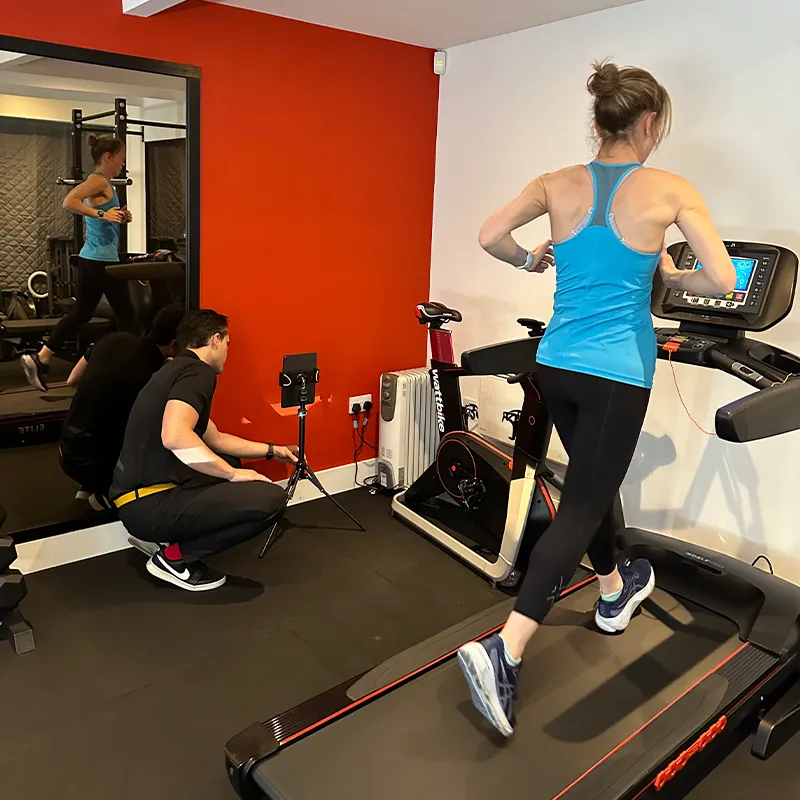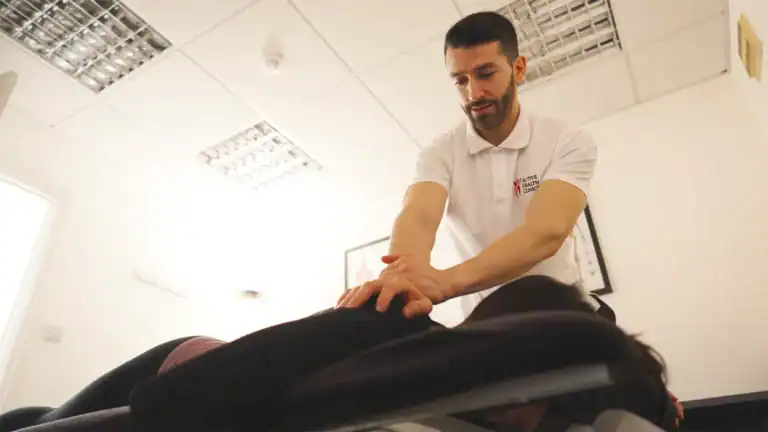Maintaining proper posture is crucial for running efficiently and avoiding injury. Common issues include an overly forward head position, excessive arching of the lower back, or too much shoulder rounding. For casual jogs, an upright posture is typically adequate. However, as you pick up the pace, a slight forward lean is natural; this should originate from the hips without altering spinal alignment. A practical tip for assessing your posture is to run with a stick held above your head in each hand. This exercise will highlight any excessive leaning and help you maintain a posture that supports your back and shoulders.

Foot strike patterns
The point of contact your foot makes with the ground plays a pivotal role in preventing gait-related injuries. Excessive force on the heel or forefoot can lead to repetitive strain injuries affecting the plantar fascia, metatarsals, and Achilles tendon. The ideal scenario is a midfoot strike, where the foot lands nearly beneath the body’s centre of gravity. Through our comprehensive gait analysis, we can detect your foot strike tendencies by examining the wear patterns on your shoes. However, the most accurate assessment comes from slow-motion video analysis, which is a cornerstone of our evaluation process. Begin your self-assessment by inspecting the soles of your running shoes; uneven wear, particularly on the heel, may indicate a heel strike pattern, which could be a precursor to injury.

Cadence
Cadence, the rhythm of your run, is measured by the number of steps you take per minute. For those new to running, a cadence in the low 160s is common. However, emerging research suggests that a cadence above 170 steps per minute may help in reducing the risk of injuries. To determine your cadence, utilise the feature on your smartwatch or manually count your steps over 10 seconds and multiply by six for a quick estimate. If you’re considering increasing your cadence, remember to do so gradually—aim for an increase of just 2-3 steps per minute each week to prevent overuse injuries. An optimal cadence will result in a more compact stride without necessarily increasing your running speed.

Posture and Alignment
Posture when we run is one of the most important parts of running with good technique. People often have trouble with their head being too far forward, arching their lower back too much, or rounding their shoulders too much. Unless you’re running fast, a vertical position is usually fine for a light jog. As your speed increases, it’s normal to have a slight forward lean, but it shouldn’t result in any alignment changes of the spine as the forward position comes from the hip joint almost entirely. Try running with a stick above your head in each hand. This will show you how far forward you may be leaning and any deviation from vertical will be difficult for your shoulders and back to maintain.
Incorporating these insights into your running routine can lead to improved technique and a more enjoyable running experience. Remember, gradual changes are key to a successful and sustainable running practice. Happy running!
Are you Struggling with Improving Your GAIT?
To really improve your GAIT when running, the best place to start is to have your GAIT looked at and analysed by a professional. Here at Active Health Clinics, we offer comprehensive GAIT analysis appointments where your practitioner will observe and analyse your gait using DartFish technology. From your session, you will then have the opportunity to learn where your GAIT could be improved. You will also be able to use your findings for any relevant treatment, functional training, or rehabilitation work that will help iron out any issues that were picked up on during the session.


